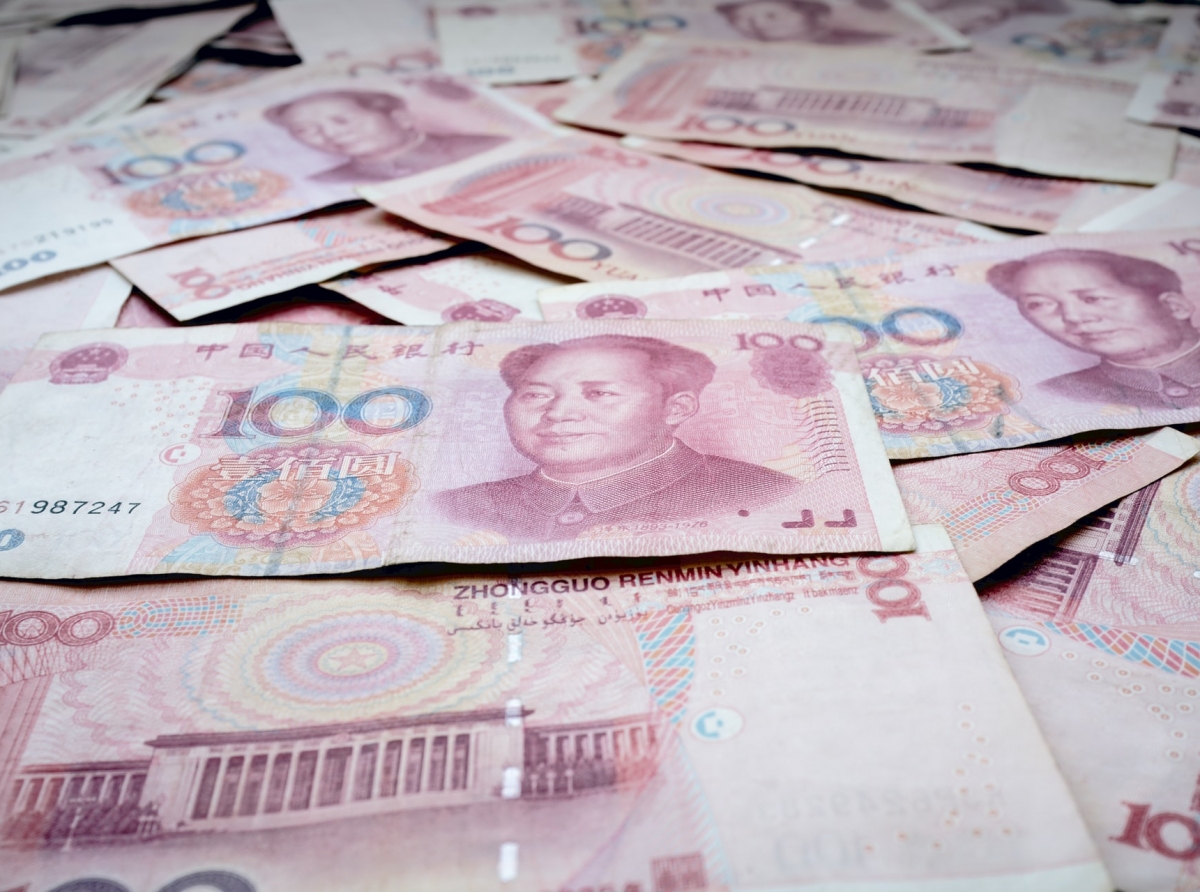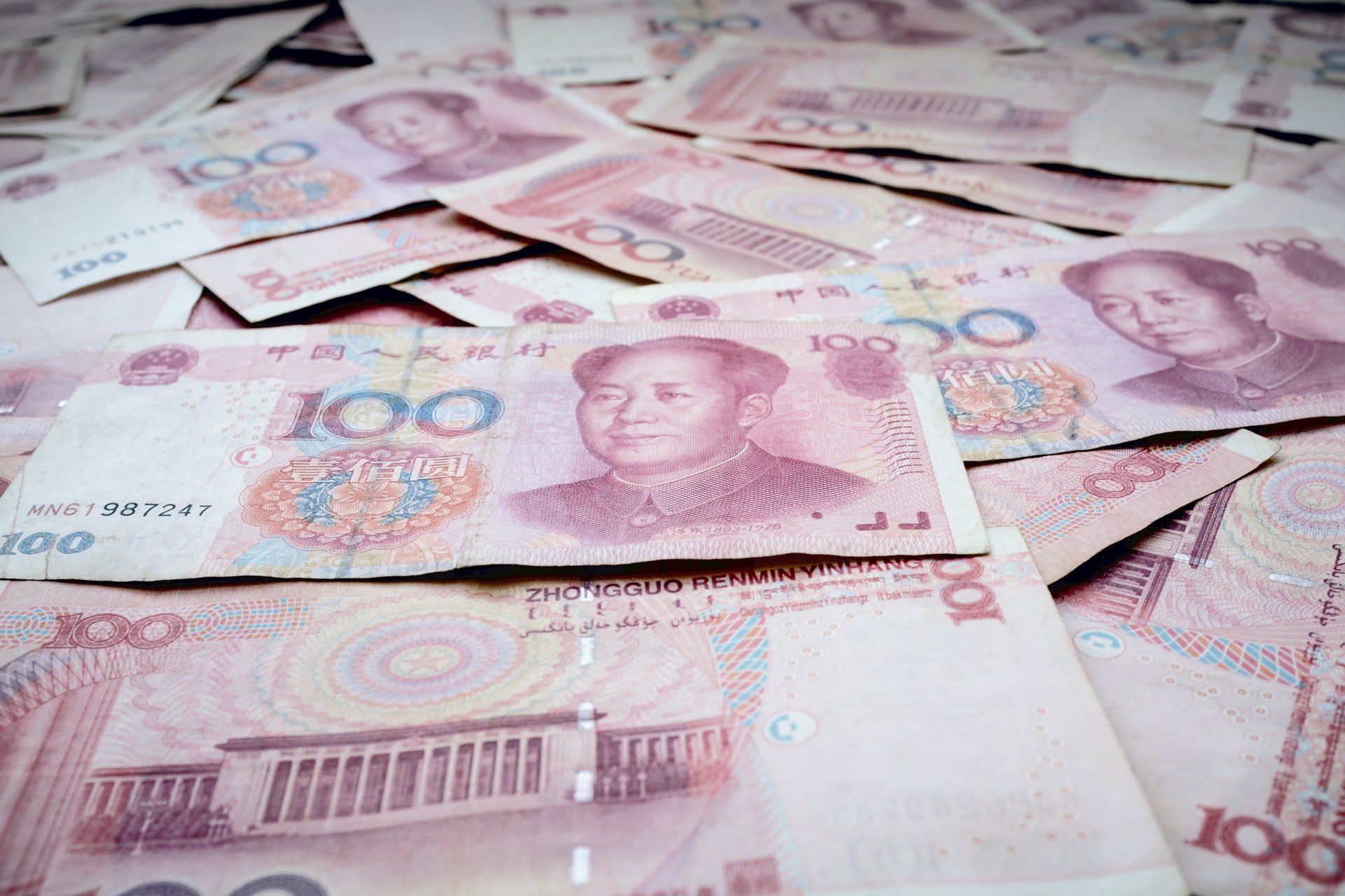The digital yuan: a detailed overview of China's currency of the future

China is taking the lead in issuing its own CBDC. We tell you everything you need to know about the new currency
In mid-July, the People's Bank of China published a document titled "Progress of e-CNY Research and Development in China" on the digital yuan. It can be informally called the White paper of the new digital currency. The paper was prepared by a special unit responsible for research and development of the digital yuan (e-CNY).
The document is of heightened interest to crypto investors, blockchain enthusiasts and economists around the world because of the enormous potential of introducing digital currency as an official means of payment for China's 1.5 billion residents.
In mid-July, the People's Bank of China published a document titled "Progress of e-CNY Research and Development in China" on the digital yuan. It can be informally called the White paper of the new digital currency. The paper was prepared by a special unit responsible for research and development of the digital yuan (e-CNY).
The document is of heightened interest to crypto investors, blockchain enthusiasts and economists around the world because of the enormous potential of introducing digital currency as an official means of payment for China's 1.5 billion residents.
What CBDCs exist today?
The digital yuan is just one of the varieties of central bank digital currency (from CBDC) that is increasingly being talked about around the world. According to the CBDC Tracker project, more than fifty countries around the world have already shown interest in issuing their own digital currency, and are in the research or development phase. In addition to China, France, Canada, the Arab Emirates, South Korea, South Africa and Uruguay are at the CBDC pilot testing stage.
There are already two state-owned digital currencies in operation around the world. The Central Bank of the Bahamas has issued Sand Dollar for domestic payments of islanders through the official wallet application with the possibility of integration with local currency accounts at banks participating in the experiment. The world's first launch of CBDC for domestic payments took place on October 20, 2020.
The second, launched in 2021, DCash is both retail and the first cross-border, integrating several island states: Antigua and Barbuda, Grenada, Saint Kitts and Nevis, Saint Lucia, Saint Vincent and the Grenadines into a single digital money system. Other states of the region: Dominica, Anguilla, Montserrat are announced to join the project in the near future.
G20 and CBDC
CBDC has already been the subject of discussion by the Central Banks of the G20. For many countries of the G20 is primarily interested in the introduction of CBDC as an international means of payment by creating a cross-border network. A joint report for the G20, prepared by the International Monetary Fund (IMF), the World Bank and the Bank for International Settlements noted that the use of CBDC for cross-border payments will reduce the number of intermediaries, increase transaction speed and reduce the overall cost of payments. And only some countries in the world are focused on the use of CBDC in domestic payments.

The digital yuan: a detailed overview of China's currency of the future
Back to the digital yuan
The People's Bank of China has since 2014 indicated interest in developing a CBDC focused on the domestic market for settlements between individuals. Research, testing and implementation are centralized and overseen by the Finance Committee of the State Council of the People's Republic of China.
The white paper cites as reasons for the release of the digital yuan: improving the quality of financial and services and reducing the cost of maintaining the circulation of the money supply, which was 8.43 trillion yuan in 2020. The paper states that more than half of China's residents already use the digital form of payment in one way or another, making the country the second-largest digital payment market in the world after the U.S.
The goals of the release are called to meet the population's demand for digital money, increasing the convenience of payments in an efficient and secure way. As part of the e-CNY pilot project on June 30, 2021, 1.32 million digital yuan payment transactions for goods and services, including utility payments, were made in six cities, more than 20 million wallets were opened for individuals and 3.5 million for businesses with a total transaction amount of 34.5 billion yuan. Through the lottery, 200,000 citizens received 200 yuan each for free. To use the digital yuan, there is already a payment card, which has a built-in digital scoreboard with the current balance.
Operators of e-CNY.
The document does not list operators authorized by the Central Bank of China, but mentions that they will be commercial banks, which are authorized to open different levels of digital wallets for users as the user passes KYC. Operators can develop mobile applications to use e-CNY and offer them for installation to their customers. On the other hand, authorized operators must protect users' personal and financial information as well as be responsible for e-CNY authentication.
The level of balance or transaction volume for advanced KYC is not disclosed, but the principle of "anonymity in small" is declared to meet the demand for micropayments, for which no account would have to be opened, and the "traceability" of large transactions to prevent tax evasion, illegal activities and money laundering. The document also talks about the need for each operator to operate autonomously with e-CNYs.
The future of CBDC and e-CNY
The digital yuan white paper notes that the issuance of the national digital currency is included in the M0 aggregator (banknotes and coins in circulation) and will circulate on a par with the classical yuan. The legal status of the digital yuan as a legal tender is also confirmed. The changes are confirmed by an amendment to the Law on the People's Bank of China. Now the yuan can officially have both cash and digital form.
It is mentioned that the digital yuan in circulation does not accrue interest, as well as the usual yuan. For the convenience of the new currency, authorized operators will not charge fees for its storage, exchange and transactions.
There is no information on further implementation of e-CNY in the document - no specific dates are given. China actively follows the discussion of cross-border settlements in CBDC by the G20 countries, but the priority is still domestic settlements in the country. The technical feasibility of cross-border use of e-CNY is confirmed, but it is stressed that domestic payments are the main use of the digital yuan.
Even at the testing stage, e-CNY has already become the digital currency the whole world is talking about, and the volume of transactions and number of users is comparable to some of the world's fiat currencies. Although the document does not reflect the issues related to user identification by amount, time and place of payment, there is a possibility of the digital yuan being built into the "social rating" system in China.
The publication of the White Paper on the Digital RMB could be seen as a signal that the Chinese government is ready for a dialogue on cryptocurrency regulation, especially in view of the recent prohibitive measures in the circulation of bitcoin and mining. A focus on the domestic market is traditional for China. The question remains what the dynamics of digital and "classic" renminbi will be in the coming years, as well as policies to regulate e-CNY operators and KYC regulations.














Report
My comments